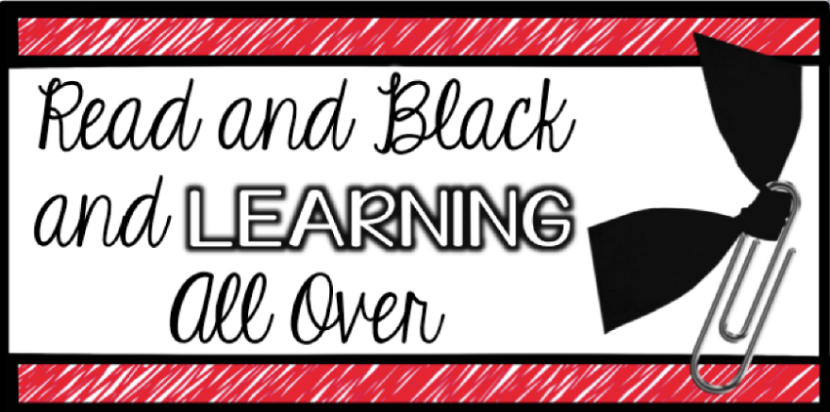Oh, hey there! Yep, I'm still here. Yep, I still have a blog. Nope, I didn't forget about it.
Life got a little crazy at the start of this school year....and to be honest, I didn't put blogging at the top of my life. But, now I need to get back at it. So ... here is what we're working on in 4th grade:
Poetry!!
In looking at the CCSS, students have to do a lot more with poetry than just read it. Students need to understand poetry vocabulary, compare poetry to prose summaries, as well as visual representations. In looking at the suggested mentor texts for the CCSS, one of the suggestions was to read Casey at the Bat by Ernest Thayer. Here is a look at some of the things I'll be doing with the text:
Is this something you could do with your fourth or fifth graders? If so, click here for a copy of the activities.
As you can see, the first thing I'll be doing with my students is identifying key poetic elements in the text. We will especially focus on the imagery and tone of the piece, helping students to understand that these elements can happen in poetry just as in other literary texts.
Next we will be comparing the poetic version with the prose summary. I'm not sure my students even know what it means to read a prose summary, so that should be an interesting mini-lesson. Once we read and discuss both, we'll compare and contrast them in an open-ended response. I'll be using my compare/contrast words worksheet to help my students remember what words compare and what words are used to contrast. Click here to download it free from TpT.
Another thing I'm excited to do with this text is compare the poem to a visual presentation of the text. I think my students will really enjoy watching the cartoon version, especially since keeping their attention through the next week and a half could be tricky. I searched and found a Disney version on You Tube. Here is the link.
Check back later this week (or maybe weekend) for more about teaching figurative language (and ugh ... interpreting figurative language) to your students ...





